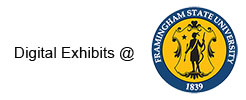Items
-

21
-

20
-

19
-
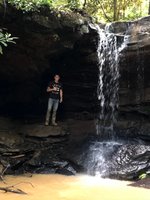
18
-
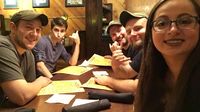
17
-
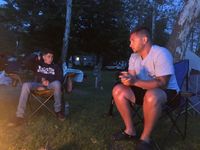
16
-
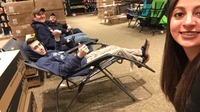
15
-
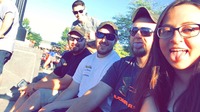
14
-
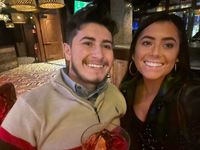
13
-
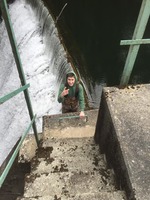
12
-

11
-

10
-
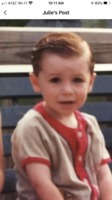
9
-
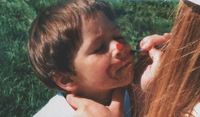
8
-
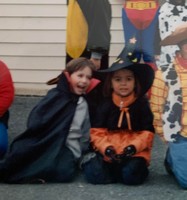
7
-
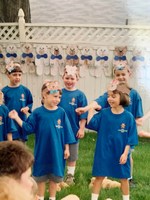
6
-
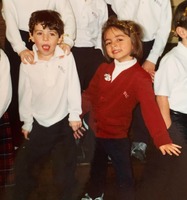
5
-
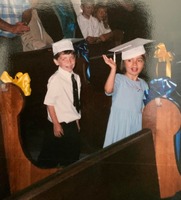
4
-
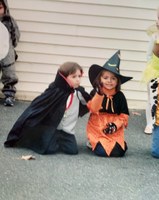
3
-
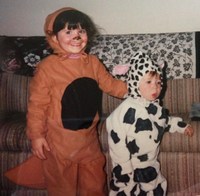
2
-
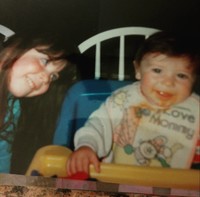
1
-

The Gatepost Vol. 19.5: The Mystery of the Mind
"POET’S CORNER THE MYSTERY OF THE MIND The mind of man is a mystery to me; I dare not fathom its complexity; For deep in the brain there is often found A twisted tangle of things unsound. He that delves in the forbidden recesses Finds that which distresses, tangles, possesses. He that treads these treacherous trails Attempts understanding—to no avail. Yet do not despair without further perception ; Somewhere are imbedded the gems of exception; Search if you dare—perhaps you may find One shining soul steeped in peace of mind. If you succeed where I may fail, Condemn me not, mark well the trail; For bitterly I find in man of late Not the temple of love,—but the storehouse of hate! Shir-Lee Crosby ’53" -

The Gatepost Vol. 18.6: Old Smoky
"“They will hug you and kiss you And tell you more lies Than the spikes in the railroad Or the stars in the skies.” —Old Smoky" -

The Gatepost Vol. 18.6: Darling Cory
“The last time I saw darlin’ Cory She was sittin’ on the bank of the sea, With a jug of liquor in her arm And a .45 across her knee.” -

The Gatepost Vol. 17.6: The Traveler
"“The moon's a devil jester Who makes himself too free. The rascal is not always Where he appears to be!” The Traveler by Vachel Lindsay"
